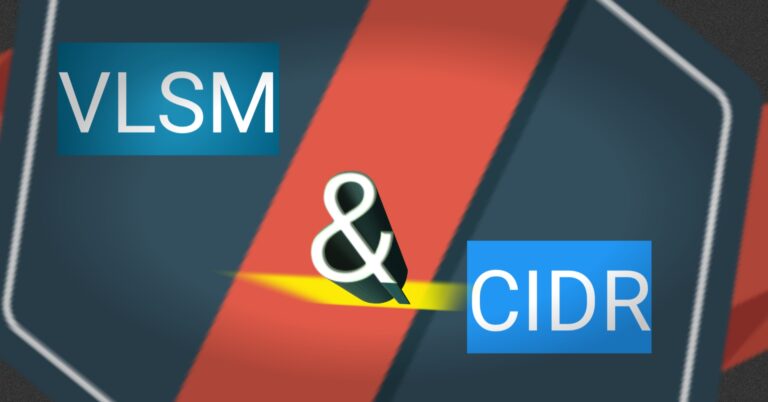Understanding Computer Network: Basic Concepts, Fundamentals and its Functions
Anything that is interconnected with each other, then it’s called a network, whether it is a group of people or that is a group of nodes. So, in information technology, “A computer network is a group of nodes connected through a medium for the exchange of information.”
The medium through which a computer network is formed is either by wire (co-axial cable, twisted pair cable, fiber optic cable) or by wireless (Cellular communication, satellite communication, Wi-Fi, GPS, Bluetooth). The exchange of data in a computer network may be either Raw Data, information, text, audio, or video. The computers which are connected through a medium,
In today’s world, each person, whether living in a village or a city, is connected to a network. That network may be a telephone or cellular network, or by using an ATM or reserving any seat in a bus or train. That person may be submitting any fee online for any purpose. All these things use a network.
There are six data communication components: sender, receiver, medium, message, communication device, and protocols.
First Computer Network
Leonard Klein Rock suggested the first network in 1961 in his paper “Information Flow in Large Communication Nets.” In 1965, Donald Davies Introduced the idea of “Packet Switching”. ARPANET was the first to use the idea of packet switching. ARPA (Advanced Research Project Agency) was the sub-branch of the US Department of Defense. They made computer networks for ease of exchange of data within computers. ARPANET succeeded in 1969 for the first time in connecting two nodes, UCLA and SRI, by using the idea of Packet Switching.
On August 29, 1969, the first IMP and network switch were sent to UCLA. The Internet was born for the first time on October 29, 1969, thanks to UCLA and SRI for data transmission. In 1970, Steve Crocker and the UCLA team released NCP (NetWare Core Protocol). NCP was a file-sharing protocol. In 1971, Ray Tomlinson sent emails for the first time, and so networking started, which improved every year with respect to speed, hardware, software, and cables.
The Role of Network
From the beginning, every human wanted to communicate with other humans, and these communications were different occasionally. Sometimes, humans use stones and pelts, and then they come to paper. It takes days, weeks, months, or even years to communicate with other countries or regions.
Communication, which used to take several months, has now become a matter of seconds. No one has to wait. Computer networking has created a favorable environment for us. The trade that used to be done in a year is now done in a day. In the modern age of networking, we cannot live without the internet. It has enabled people to communicate with each other all the time.
How Computer Networks Work
Computers use hardware, software, and different addresses to communicate with each other. This hardware is hubs, routers, and switches, while the software is used to control the physical network, whereas addresses are of 2 types, i.e., IP address and MAC address. One computer’s IP address and MAC address are different from another computer. When one computer sends data to another computer on the same network, it uses a switch or hub. Still, if this computer sends data to another computer on another network, then it uses a switch as well as a router to send and receive data. The function of a router is to connect two different networks. The router’s job is to find a way to reach other computers in different networks.
Types of Network
The Computer Network is mainly categorized into 3 parts.
- Local Area Network (LAN)
- Metropolitan Area Network (MAN)
- Wide Area Network (WAN)
- Personal Area Network (PAN)
- Storage Area Network (SAN)
Advantages of Computer Networking
The usage of computer networking is as under:
- File Sharing: Computer networking made it easy to share a file in a local office or remotely.
- Resource Sharing: it enables us to share hardware resources such as printers, CD/DVD-ROM, and storage.
- Communication: Now people don’t have to go far to meet each other, but can stay at their place and talk to them through Facebook, WhatsApp, Skype, phone call, IMO, Snapchat.
- Meeting: Employees of the same company or different companies do not have to go to another place for each other’s meeting, but can participate in the meeting by sitting at home or in the company through Zoom or Google Meeting.
- Cost: Computer networking reduces costs for a company by sharing resources such as printers, CD-ROMs, scanners, and storage.
- Storage: To Buy Big storage for each computer, we store our data in our organization in central storage. So it saves time and money to buy storage for each computer.
- Transport: Networking is used in transportation for the ease of passengers. It notes vehicles, airplanes, and trains’ incoming as well as departure times.
- Education: Students, teachers, engineers, researchers, and scientists use the internet for their topics, research, assignments & daily routine work



